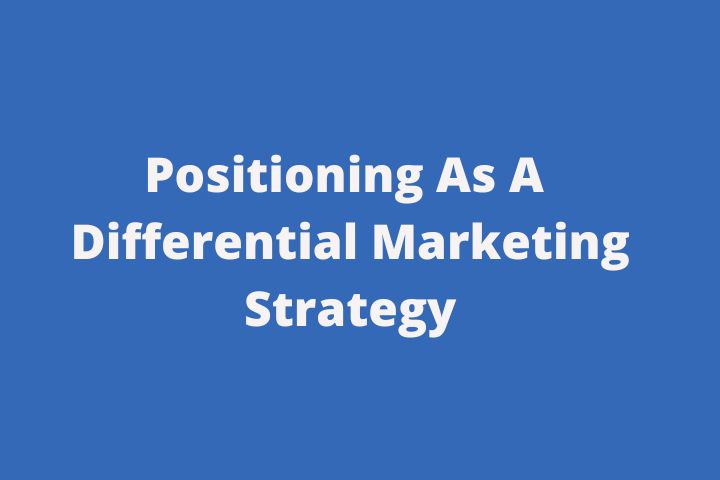Positioning : Have you ever wondered why when you go to take a product of a certain brand from the supermarket shelf, you suddenly stop your hand in the air, change your mind and take the one next to it? The reason is called “positioning”, and the reason is that, regardless of the first brand you looked at, the one you finally chose is the one that was best positioned in your mind.
But what really is positioning? It is, like almost everything in marketing, a matter of perception, and it consists of ensuring that our brand is recorded in the minds of our potential customers in the way that suits us and associated with the concept that we have previously defined .
Why is it a matter of perception? Because it doesn’t matter if our product is better, more durable, of higher quality, etc., if the customer really perceives it that way. Put more clearly: positioning has nothing (or very little) to do with reality, but with the way customers see us. Of course, obviously, if reality coincides with the positioning we want, so much the better, and above all it will be much easier to achieve it.
But what actually underlies positioning strategies is to highlight a “differentiating element” of our product, brand, etc., with respect to its competition. Something that makes it different, better, more attractive, more desirable. And it doesn’t matter if it’s something objective, like being cheaper, or something tremendously subjective, like our perfume makes women more attractive to men.
The importance of positioning and the force it exerts on purchasing decisions justify large companies spending millions on positioning their products.
Faced with this statement, I seem to hear thousands of voices asking in unison: And how am I going, with hardly any budget, to position my products?
The truth is that it is not easy, but it is not impossible either . And, above all, the important thing is that it can be done at the cost of millions, as so many websites are doing, or with very little investment, albeit working very hard, as most cyber entrepreneurs do . All you need is to know how to do it.
The key to positioning lies in two concepts that I suppose you have heard more than once, although you may not know exactly what they mean.
Table of Contents
USP (Unique Selling Proposition)
Refers to the need for your proposal to be very clear, very specific, can be defined in very few words, and has a single concept. For example, our USP is as follows: “We provide services and content for entrepreneurs and business professionals on the Internet.” Can’t say more in fewer words. It is perfectly clear what we do, how we do it, in what geographical area and who our target audience is.
If you are not able to do the same with your business, it is difficult for you to achieve a good position in the minds of your customers. Because positioning implies associating what you sell with a very specific idea, and if you start by not being able to specify what you sell, everything else is superfluous.
Brand (Brand)
Brand is understood as the words that make up your business name or that of your product, its logo, the anagram with its shapes and colours, or any combination that allows you to quickly identify who you are.
